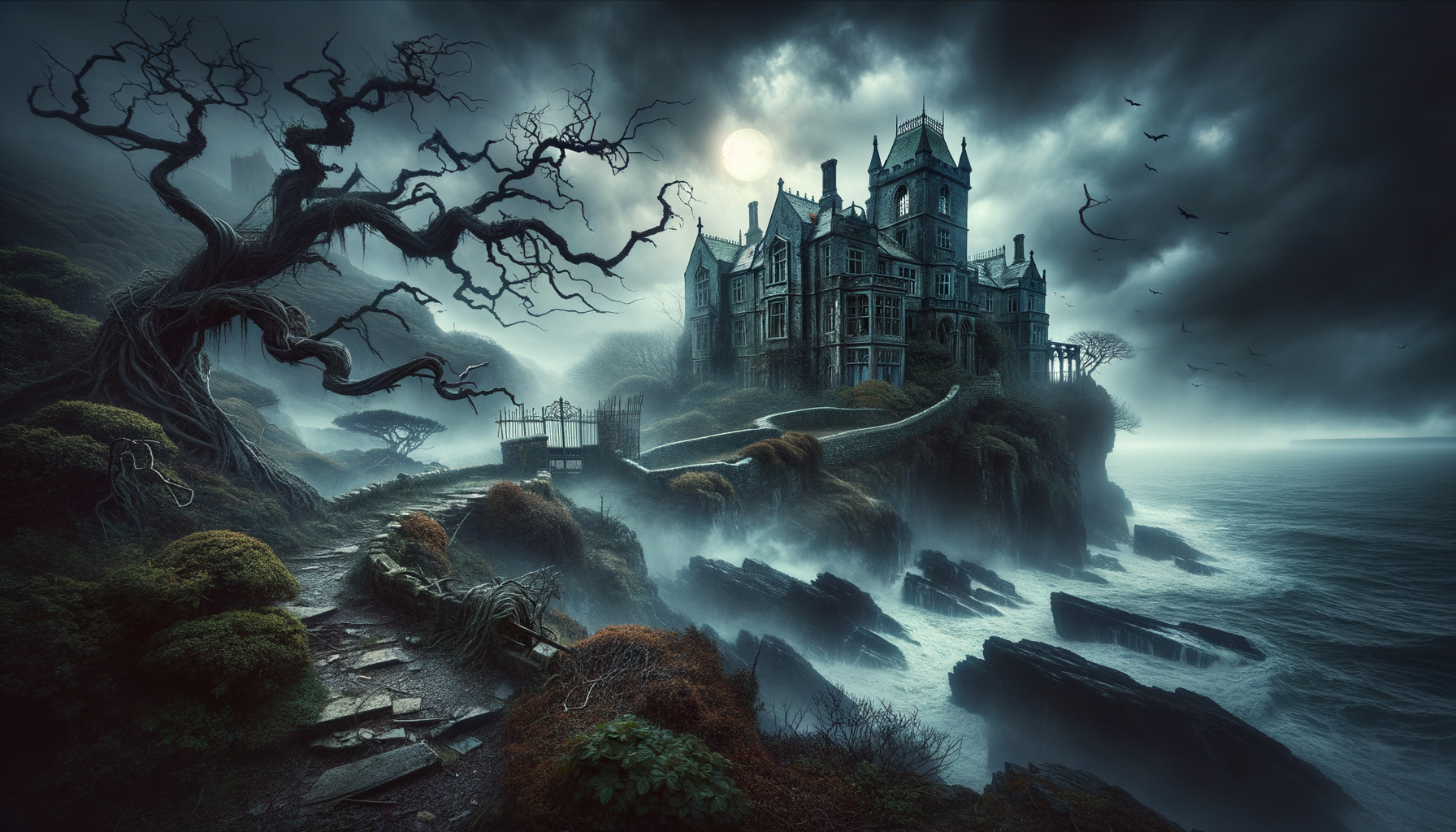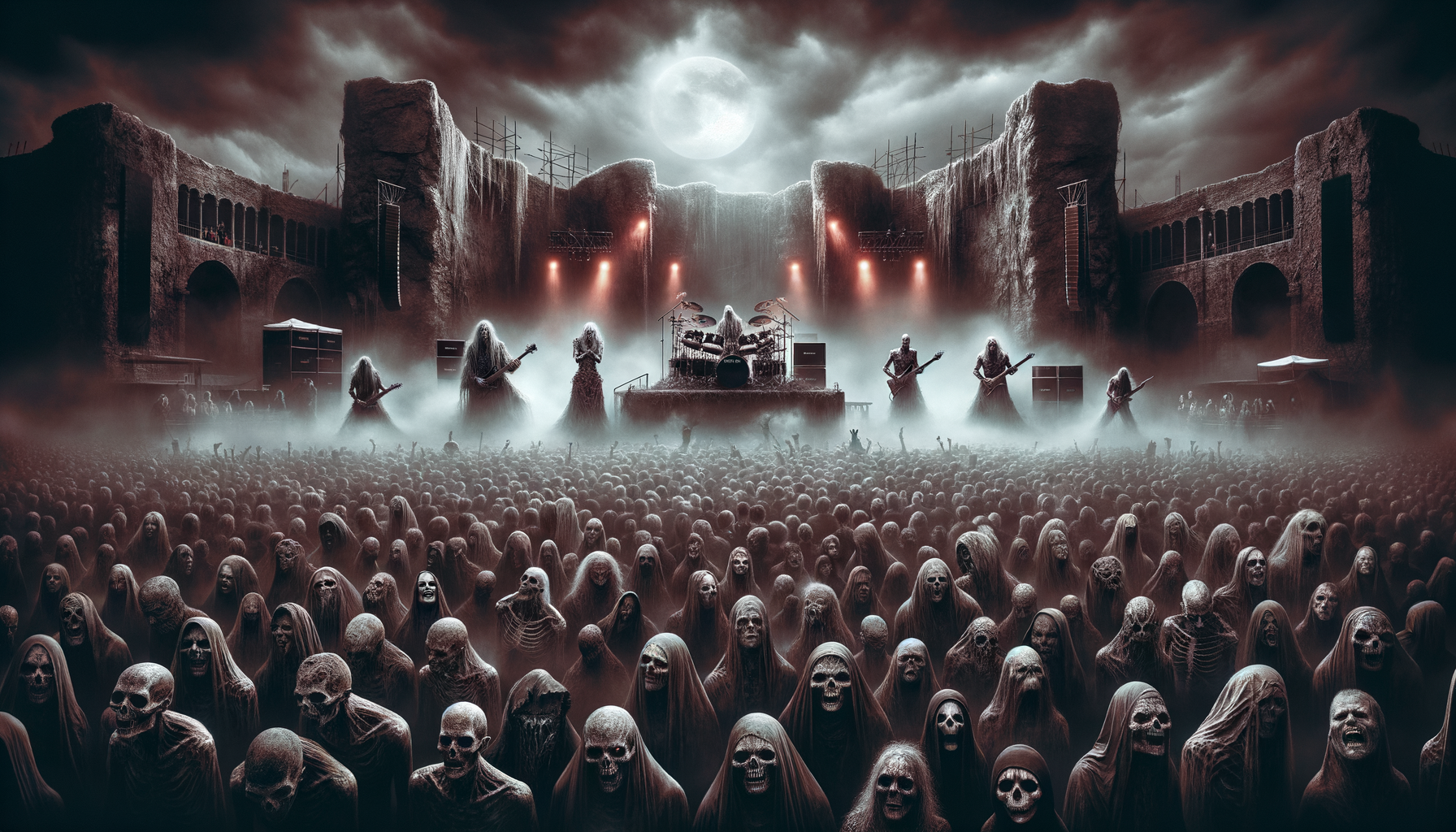Did you know that some of the most bone-chilling horror stories delve deep into the themes of sexuality? It’s a tantalizing aspect that horror aficionados and scholars often explore! In this article, we’ll journey through the shadows of classic horror, spotlighting how sexuality is woven into the fabric of these timeless tales. From the seductive vampires to the monstrous desires lurking beneath the surface, we’ll dissect every facet of this intriguing topic. Get ready for a thrilling ride!
The Allure of the Forbidden: Sexuality in Gothic Literature
Origins in Gothic Tradition
When we delve into the roots of Gothic literature, we find an intrinsic connection to themes of sexuality. Gothic literature, which emerged in the late 18th century, often explored the darker aspects of human nature, including repressed desires and forbidden passions. Seminal works such as Mary Shelley’s Frankenstein and Bram Stoker’s Dracula are prime examples. Shelley’s Frankenstein delves into the consequences of playing God and creating life, subtly hinting at themes of unnatural procreation and the monstrous results of repressed desires. On the other hand, Dracula is steeped in overtly sexual undertones, using the vampire’s bite as a metaphor for sexual penetration and corruption.
Seduction and Horror
Characters like vampires perfectly bridge the gap between fear and sexual attraction. Vampires seduce their victims, creating a complex interplay of temptation and terror. This seduction is not only physical but also psychological, drawing victims into a web of forbidden desires. Key themes in Gothic literature often revolve around seduction, temptation, and the allure of the forbidden. These elements create a sense of horror that is deeply intertwined with sexual tension, making the fear more palpable and the attraction more dangerous.
Monstrous Desires: The Duality of Fear and Attraction
The Monster’s Lust
Classic monsters in Gothic literature often personify hidden sexual desires. For instance, in Robert Louis Stevenson’s Dr. Jekyll and Mr. Hyde, Dr. Jekyll’s transformation into the monstrous Mr. Hyde represents the unleashing of his repressed urges. Similarly, Gaston Leroux’s The Phantom of the Opera features a physically deformed yet deeply passionate Phantom who embodies the dark, obsessive side of love and desire.
Beauty and the Beast Dichotomy
The recurring theme of monstrous beings desiring pure, often unattainable partners is a staple in Gothic literature. This dynamic heightens both horror and sexual tension. The beauty and the beast dichotomy plays on the fear of the unknown and the forbidden, as well as the attraction to it. The monstrous figure’s desire for beauty often leads to tragic outcomes, emphasizing the dangers of unchecked passion and the consequences of crossing societal boundaries.
Gender and Power Dynamics in Classic Horror
Female Sexuality and Power
Female sexuality in classic horror is often portrayed with a mix of fascination and fear. Characters like Carmilla from Sheridan Le Fanu’s novella and Lucy Westenra from Dracula embody the concept of the ‘femme fatale’. These women wield their sexuality as a form of power, challenging traditional gender roles and societal norms. Their allure and independence, however, often lead to their downfall, reflecting societal anxieties about female empowerment and sexual freedom.
Masculine Dominance and Vulnerability
Traditional male roles are frequently challenged and subverted in Gothic literature. Stories like Oscar Wilde’s The Picture of Dorian Gray explore emasculating fears and the fragility of male dominance. Dorian Gray’s descent into moral decay and his ultimate destruction highlight the vulnerabilities hidden beneath a façade of masculine control. These narratives expose the tension between societal expectations of masculinity and the underlying fears of inadequacy and loss of power.
The Evolution of Sexuality in Contemporary Horror
Comparative Analysis
When we compare sexual themes in classic horror with modern interpretations, we see both continuities and shifts. Contemporary horror films and literature often retain the foundational elements of seduction and fear but present them through a modern lens. For example, the Twilight series reimagines vampires with a focus on teenage romance and abstinence, while films like The Witch explore the intersection of female autonomy and supernatural horror in a historical context.
Shifts in Perception
Societal changes have significantly influenced the portrayal of sexuality in horror. Modern approaches are more likely to challenge and deconstruct traditional norms, offering more nuanced and diverse representations of sexuality. This evolution reflects broader cultural shifts towards acceptance and exploration of different sexual identities and expressions. The impact on the horror genre is profound, as it continues to push boundaries and provoke thought about the complex relationship between fear, desire, and the human condition.
Conclusion
Classic horror isn’t just about jump scares and eerie atmospheres—it’s a rich tapestry interwoven with the complexities of human sexuality. From seductive villains to monstrous desires and power dynamics, these themes add layers of depth to the stories we love. As we unravel these connections, it’s clear that the genre continues to evolve, reflecting our changing societal norms and inner fears. What’s your favorite example of sexuality in horror? Share your thoughts in the comments below, and don’t forget to explore more entrancing tales on our blog!




